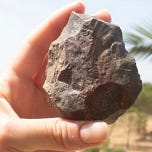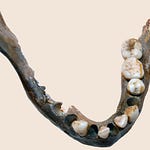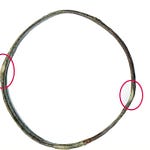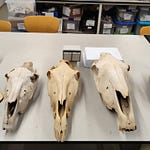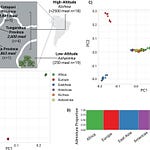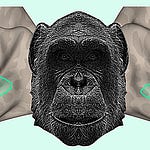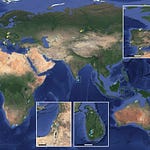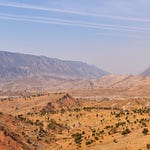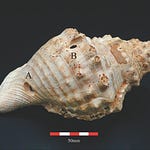The Landscape Beneath the Waves
At the height of the Ice Age, the Aegean Sea was not the archipelago we know today. Where tourists now sail between the islands of Lesbos and the Turkish coast, vast plains once stretched across the horizon, their grasses swept by cold Pleistocene winds. Herds of red deer and steppe bison roamed these lowlands. And moving among them, stone tools in hand, were humans—two kinds of them.
Recent research along the Ayvalık coast in northwestern Turkey suggests that this now-submerged region once formed a natural bridge between Anatolia and Europe. Published in The Journal of Island and Coastal Archaeology,1 the study by Hande Bulut, Göknur Karahan, and Kadriye Özçelik documents 138 Paleolithic tools spread across ten coastal sites, evidence of repeated human activity during a period when sea levels were more than 100 meters lower.
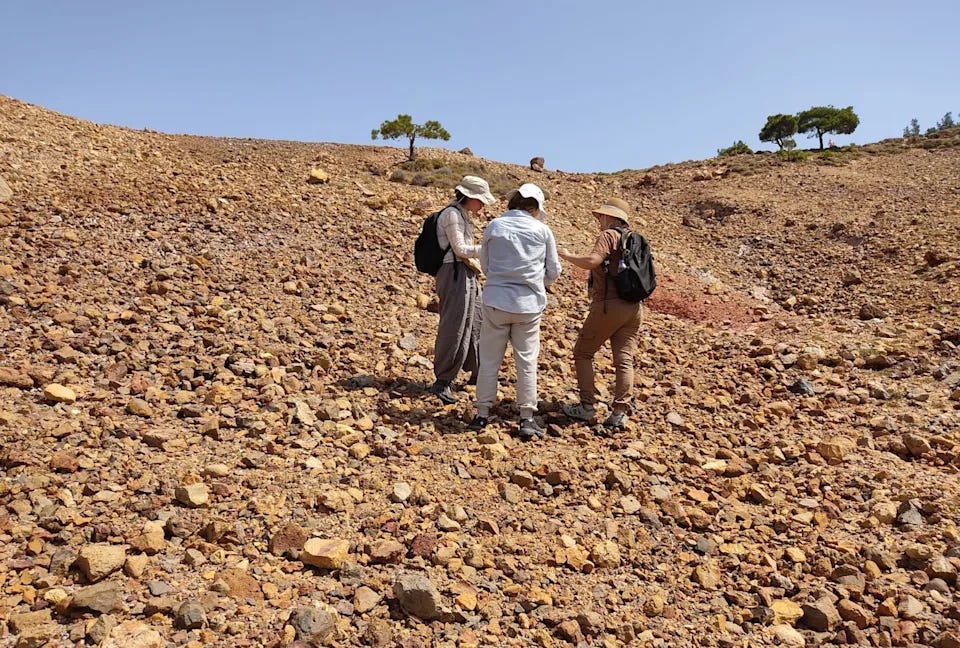
The discovery forces archaeologists to reimagine the geography of human dispersal across the Aegean Basin. It also revives an enduring question in behavioral ecology: how did ancient populations—Neanderthals and Homo sapiens alike—navigate a world in flux, where coastlines expanded and retreated with the rhythm of the ice?
“The Aegean was never just a barrier,” says Dr. Elena Rossi, a Paleolithic archaeologist at the University of Florence. “For Ice Age humans, it was a living landscape—sometimes a sea to be skirted, sometimes a plain to be crossed.”
Listen to this episode with a 7-day free trial
Subscribe to Anthropology.net to listen to this post and get 7 days of free access to the full post archives.

